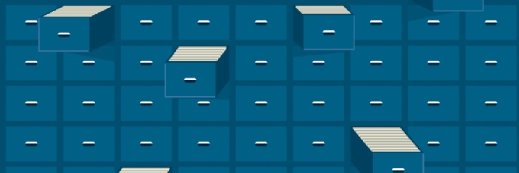Pure1, Evergreen expand self-service and data protection (original) (raw)
Pure Storage continues to transition into an as-a-service model by building out more automation and data resiliency in its Pure1 data management service and Evergreen portfolio.
Pure Storage is building out its as-a-service offering with new self-service capabilities and data protection.
The vendor's as-a-service data management platform, Pure1, and its Evergreen subscription portfolio are adding new automation and expanded disaster recovery features. This includes automated upgrades, which allows the vendor to manage the hardware; AIOps for anomaly detection; and updated disaster recovery options for self-service deployment and VM protection.
The Pure1 and Evergreen update plays into the as-a-service direction the company is heading, according to Steve McDowell, an analyst and founding partner at NAND Research. Looking at last week's earnings for Pure, storage as a service is a huge growth area for the vendor.
"Almost half of their revenue is now consumption-based, as a service," he said.
This is beneficial to IT departments as they prefer to spend less time managing infrastructure, McDowell noted. Pure's value proposition has always been around simplifying the experience, including with its as-a-service offering, he said.
Auto upgrades
More than one-third of Pure's customers use ActiveCluster for multisite stretch cluster offering, Pure said. Upgrades to Pure's Purity flash storage operating environment required manual effort to keep multiple sites in sync. Now, the vendor is enabling this automatically via Pure1.
[Autonomous upgrades] are good for IT teams as they don't have to worry as much about the hardware.
Steve McDowellAnalyst and founding partner, NAND Research
"[Autonomous upgrades] are good for IT teams as they don't have to worry as much about the hardware," McDowell said.
Enabling autonomous upgrades pushes Pure closer to a pure cloud model where Pure maintains and upgrades all its infrastructure, he said. A year or so ago, other storage-as-a-service offerings such as Dell Apex or NetApp Keystone began to provide cloudlike subscription models that were more focused on economics.
Automation is something many customers are looking toward, according to Scott Sinclair, an analyst at TechTarget's Enterprise Strategy Group. IT teams need to control the upgrade process, but not be in the path of critical updates that could slow down production.
"The demands on IT admins have become so large that everyone is under pressure to wear multiple hats," he said.
Automating upgrades relieves this pressure and allows organizations to scale, Sinclair said.
Expanding the ransomware fight
Pure has also bolstered its ransomware detection and data recovery features. Pure1 now uses AIOps to recommend a snapshot when an anomaly is detected within primary storage, according to the vendor.
This is coupled with an updated version of the company's disaster recovery as a service (DRaaS), which launched in October 2023. Pure DRaaS 1.1 within Pure1 now enables admins to deploy disaster recovery in 15 minutes or less; customers can deploy a self-service recovery environment within AWS for VMs in a VMware environment and select an auto-enroll feature for protection for VMs.
"Anomaly detection in primary storage is the future," McDowell said.
Ransomware will continue to be a difficult problem to solve, but detection within primary storage will become table stakes, he said. IBM and NetApp have just released similar detection features for primary storage, although IBM is focused on detection at the I/O level, while Pure is focused on snapshots.
Pure is continuing to push the envelope on ransomware recovery with offerings such as these, Sinclair said.
"Pure is looking to make as-a-service and disaster recovery easier," he said.
Adam Armstrong is a TechTarget Editorial news writer covering file and block storage hardware and private clouds. He previously worked at StorageReview.com.
 Pure Storage adds AI and automation, extends SLAs
Pure Storage adds AI and automation, extends SLAs  By: Adam Armstrong
By: Adam Armstrong  HPE updates Alletra MP, expands block storage to AWS
HPE updates Alletra MP, expands block storage to AWS  HPE's GreenLake for Block Storage goes GA
HPE's GreenLake for Block Storage goes GA  NetApp adds new flash hardware, debuts VMware DR service
NetApp adds new flash hardware, debuts VMware DR service  By: Tim McCarthy
By: Tim McCarthy